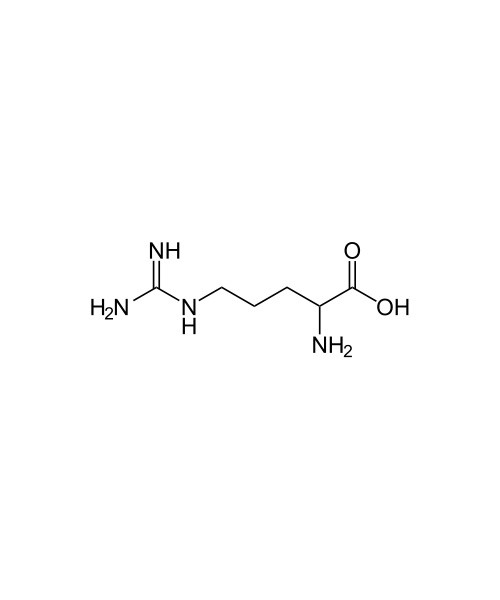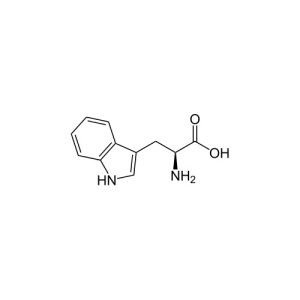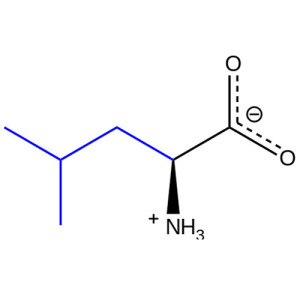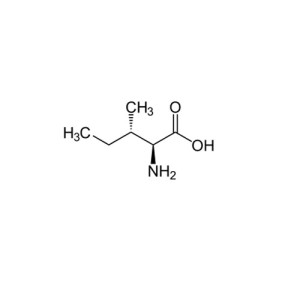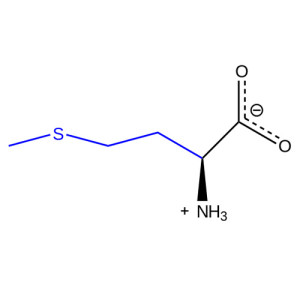L-Arginine base
Arginine (abbreviated as Arg or R) encoded by the codons CGU, CGC, CGA, CGG, AGA, and AGG [1] is an ɑ-amino acid that is used in the biosynthesis of proteins. It contains an α-amino group (which is in the protonated -+NH3 form under biological conditions), an α-carboxylic acid group (which is in the deprotonated –COO- form under biological conditions), and a side chain of a 3-carbon aliphatic straight chain capped by a complex guanidinium, classifying it as a charged (at physiological pH), aliphatic amino acid. Arginine is classified as a semiessential or conditionally essential amino acid, depending on the developmental stage and health status of the individual.[2] Preterm infants are unable to synthesize or create arginine internally, making the amino acid nutritionally essential for them.[3] Most healthy people do not need to supplement with arginine because their body produces sufficient amounts.[4]
Starting at $14.63
Product Description
- Names
- Identifiers
- Properties
- Thermochemistry
- Pharmacology
- Hazards
- Related compounds
- Supplementary data page
| Other names
2-Amino-5-guanidinopentanoic acid
|
|
CAS Number
|
617-45-8 56-84-8 (L-isomer) 1783-96-6 (D-isomer) |
| ChEBI | CHEBI:22660 |
| ChEMBL | ChEMBL139661 |
| ChemSpider | 411 |
| EC Number | 200-291-6 |
| Jmol interactive 3D | |
| KEGG | C16433 |
| PubChem | 424 |
| UNII | 28XF4669EP |
|
InChI[show]
|
|
|
SMILES[show]
|
|
|
Chemical formula
|
C4H7NO4 |
| Molar mass | 133.10 ;g·mol−1 |
| Appearance | colourless crystals |
| Density | 1.7 g/cm3 |
| Melting point | 270 ;°C (518 ;°F; 543 ;K) |
| Boiling point | 324 ;°C (615 ;°F; 597 ;K) (decomposes) |
|
Solubility in water
|
4.5 g/L[2] |
| Acidity (pKa) | 3.9 |
| Basicity (pKb) | 1.509 |
|
Specific
heat capacity (C) |
232.8 J K−1 mol−1 (at 23.7 °C) |
|
Std molar
entropy (So298) |
250.6 J K−1 mol−1 |
|
Std enthalpy of
formation (ΔfHo298) |
−624.9–−622.3 kJ mol−1 |
|
Std enthalpy of
combustion (ΔcHo298) |
−3.7396–−3.7370 MJ mol−1 |
| Safety data sheet | See: data page Sigma-Aldrich |
| GHS pictograms |  |
| GHS signal word | WARNING |
|
GHS hazard statements
|
H319 |
|
GHS precautionary statements
|
P305+351+338 |
|
EU classification (DSD)
|
 Xi Xi |
| R-phrases | R36 |
| S-phrases | S26 |
| Lethal dose or concentration (LD, LC): | |
|
LD50 (Median dose)
|
5110 mg/kg (rat, oral) |
|
Related alkanoic acids
|
N-Methyl-D-aspartic acid beta-Methylamino-L-alanine Guanidinopropionic acid Theanine Pantothenic acid |
| Related compounds | Pantheno |
|
Structure and
properties |
Refractive index (n), Dielectric constant (εr), etc. |
|
Thermodynamic
data |
Phase behaviour solid–liquid–gas |
|
Spectral data
|
UV, IR, NMR, MS |

